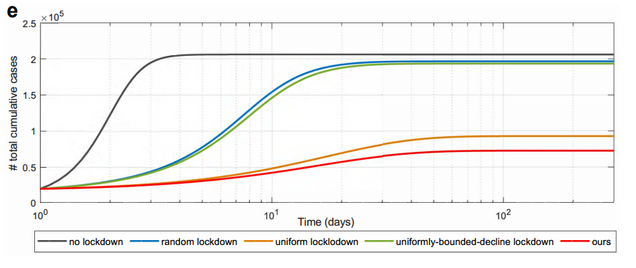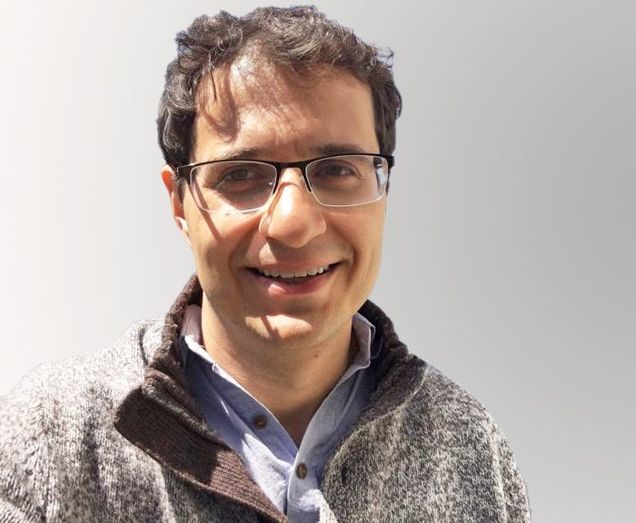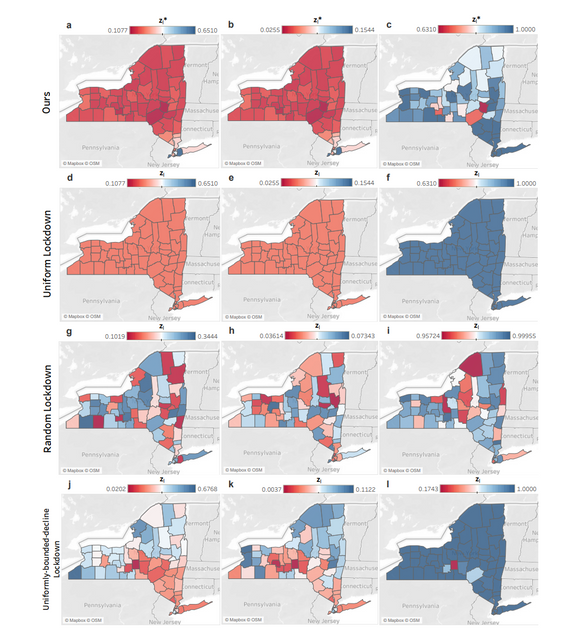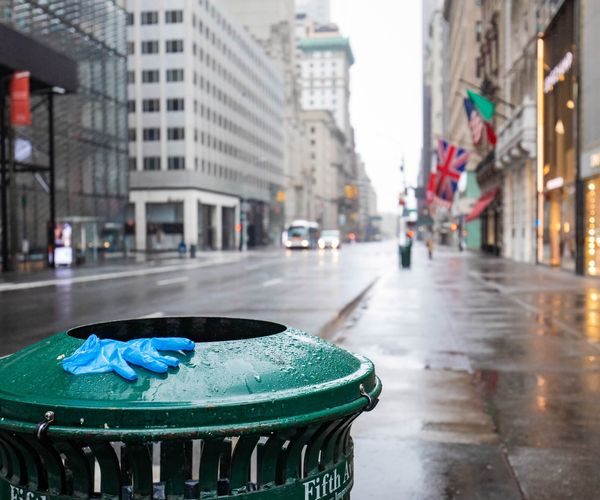Easing the Economic Strain of COVID-19 Lockdowns
At the start of the pandemic, CISE Faculty Affiliate Alex Olshevsky (ECE) started developing models to find the best way to lockdown regions to control the spread of the virus. He had previously been working on multi-agent control, which he described as “a collection of robots that want to coordinate to achieve some kind of task.” The idea is that the robots would monitor regions and communicate with each other and compensate if one robot malfunctioned. This similar math can be applied to looking at the number of people infected in different counties, which is what got Olshevsky interested in the optimal lockdown for pandemic control.
To advance this idea, Olshevsky, with collaborators Qianqian Ma, PhD candidate (ECE) and Yang-Yu Liu, Associate Professor of Medicine, Harvard Medical School, worked to find a “lockdown that minimizes the economic damage while reducing the number of new infections to zero at a prescribed rate.” Research results are described in their paper titled “Optimal Lockdown for Pandemic Control“.


Taking data from April 1st, 2020, Olshevsky and his team applied differential equations to the data to create graphs that represent what the spread of COVID-19 would look like in each scenario. The scenario that the team found to be most effective was when they didn’t shut down New York City as strictly as they did more rural areas in New York that didn’t have many COVID-19 cases at the time.
The three different scenarios of lockdown for COVID-19 policies were uniform lockdown, random lockdown, and uniformly-bounded-decline lockdown, which attempts to achieve the same level of decline of the epidemic in every county. On data from New York State, Olshevsky found the best lockdown to be surprisingly heterogeneous in keeping relatively open the places hardest hit, and shutting down more harshly places that didn’t have as many infections.

Olshevsky explained that shutting down more sparsely populated counties, in this case, seems to have a stronger impact on mitigating disease spread per job lost.
“We assume the cost of shutting down a county is proportional to the employment in that county. So if I tell you in this particular county now you’re going to restrict activity down to 50% of what it was pre-covid, we model the cost of that as proportional,” Olshevsky said. “And what we tried to do is minimize these kinds of job losses subject to the fact that you want the disease to decrease at a particular rate.”
He stressed that there are many other factors left out in his models, such as hospital capacity. To make the models more realistic, outside factors would have to be incorporated.
This project has taken Olshevsky a little over a year. His goal is to influence policymakers in future pandemics.
“My hope is that policymakers will integrate some of these insights into models that they use when they decide how to do lockdown,” Olshevsky said.

